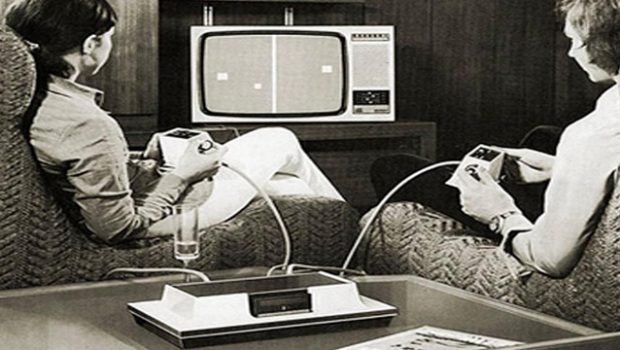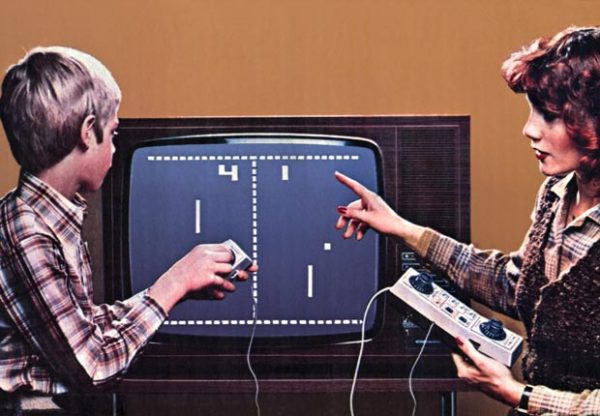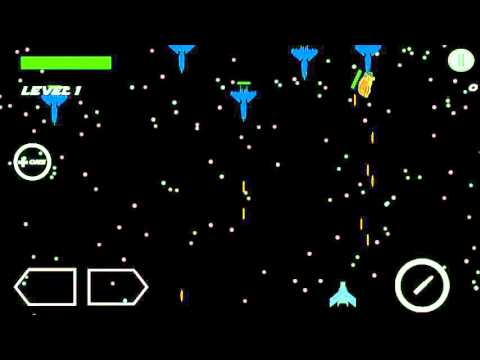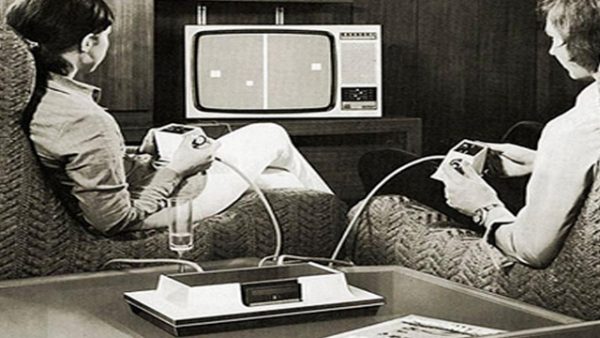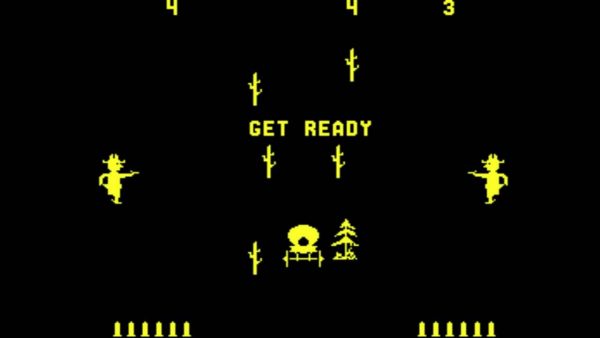How early developments paved the way for interactive gaming
The History of Video Games
The history of video games and Pong seem to go hand in hand. Pong was an arcade game developed in 1972 and was made available for at home play in 1975.
The Early Years
In 1960 the first computer hardware systems were released by the Digital Equipment Corporation, and a year later, MIT students created the very popular game Spacewar. Two players could play Spacewar simultaneously and this game could also be played on the Internet, and was the game that served as the basis for many games to come.
For many years video games could only be played where they had been programmed, but later these games were made available to people to play in their homes. Games like Tic-Tac-Toe and Spacewar are examples. In September 1971, the very first coin-operated game, Galaxy Game, was installed at Stanford University. At this time Nolan Bushnell and Ted Dabney manufactured around 1500 units of Computer Space and these were sold commercially. It was Bushnell and Dabney that were responsible for the creation of the very popular game Pong and who also founded Atari 2600.
Magnavox Odyssey was designed by Ralph Baer and was the first cartridge console. The Magnavox did not do well, mainly because of poor marketing and the fact that it was believed that these games were only compatible with a Magnavox television, which was not the case. Nolan Bushnell took advantage of this when advertising Pong and said that the game was compatible on any type of television. Pong was a huge success after its release but was sued by Magnavox for stealing their tennis game which had first been a feature of the Magnavox Odyssey. The Magnavox was also the first to feature a “light gun”, which unfortunately did not work very well.
Improvements in Technology
In 1975 Midway Games released and arcade game, Gun Fight, which was the first game to use a microprocessor. Gun Fight made use of an Intel 8080 CPU, which was considered as the first microprocessor. This was a great innovation for games as it enabled better graphics and the gaming was faster.
In 1979 the first handheld game was released by Microvision and had interchangeable game cartridges and was the first step to console controllers such as GameBoy. The first 3D game, Monster Maze, was released in 1981. The first network game, Snipes, was developed by SuperSet and multiple players could play on IBM PC’s. In 1985 the Nintendo Entertainment System became the first 8 bit machine and sold more than 62 million units. PC Engine was released in 1987 and players could now play games using a CD, which allowed for more storage. 1993 Saw the release of Panasonic’s Interactive Multiplayer and in 1994 Sega Saturn and Sony PlayStation were released.These games were a far cry from the sophisticated online roulette NZ players now get to enjoy, but for their time they were truly revolutionary.
In 1995 Nintendo Released the Virtual Boy, a console with an eyepiece that displayed a 3D image and displayed red and blue in each eye. It was discontinued a short while later. Between 1996 and 2002 the gaming industry sees the release of the Dreamcast, Nintendo GameCube, PlayStation 2, Xbox and Sega Dreamcast. The first gaming device that lets a player use gestures to play a game was the Eye Toy and was used together with the PlayStation 2. The Eye Toy was the start of interactive gaming and this technology has improved immensely over the years with developments such as the WII.

